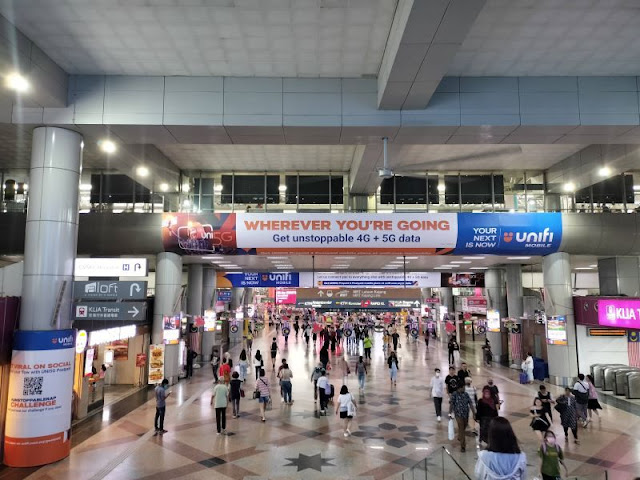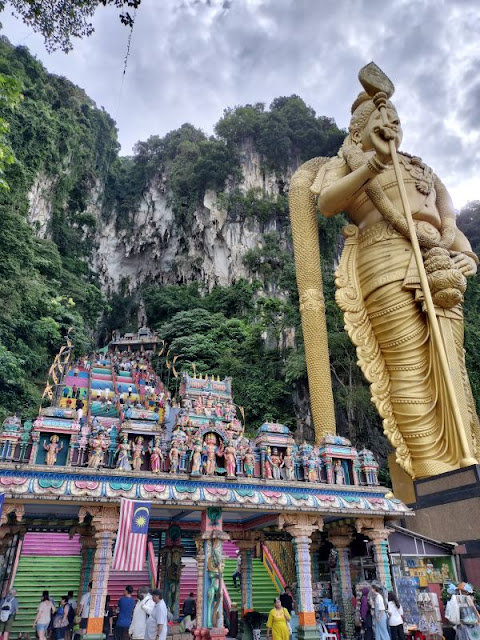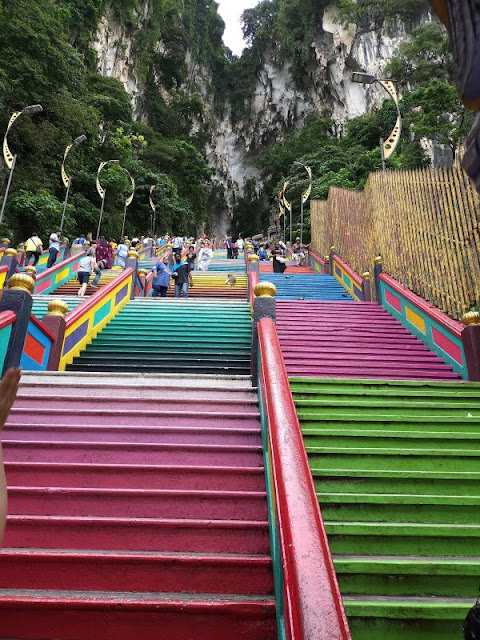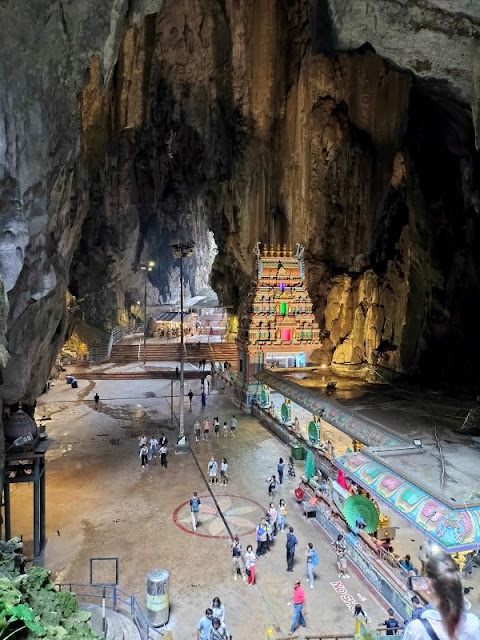The Toilets in Malaysia
Back when I used to write articles aimed at high school students as a college student writer, I always emphasized checking out the toilets first when visiting an open campus. To me, a toilet that I can't stand using every day is something that would make me feel uncomfortable during travels or studying abroad.
Having lived in Japan, where toilets are always exceptionally clean, I had this preconceived notion that Malaysia, being a Southeast Asian country, would have somewhat dirty toilets. But is that really the case?
Malaysian Toilets: Surprisingly (??) Clean!
I usually use toilets in Kuala Lumpur city, and for the most part, they are quite clean.
However, as anyone who has experience staying in Malaysia knows, Malaysians use a shower next to the toilet instead of toilet paper for cleaning themselves. So, it's quite common to find toilets that are wet.
As a result, even in places where tourists go, toilet paper might not always be available. Therefore, it's recommended to carry pocket tissues when traveling.
By the way, even in big shopping malls in the city, you might encounter squat-type toilets. While I prefer sitting toilets, there are situations, especially in rural areas, where squat toilets are more convenient than using a soaking wet sitting toilet.
In Japan, some people might say, "I can't use squat toilets, so I'll wait for a sitting toilet," but if you find yourself in a place without sitting toilets, you'll have to look for another restroom.
The Mysteries of Malaysian Toilets
Overall, I don't have trouble using toilets in Malaysia. However, there are some mysterious aspects of Malaysian toilets that I'd like to share. Here are a few:
No Toilet Seats for Some Reason
This happened in a souvenir shop's toilet in Malacca. It was a Western-style toilet in the women's restroom, but oddly, it didn't have a toilet seat (the part that men lift when using the toilet). I had to hover over the toilet because sitting on it would have been precarious. I don't really understand why this is the case, but I assume it might be easier for cleaning.
Pay-To-Use Toilets
Some upscale shopping malls have pay-to-use toilets. However, I've never used one. Once, I was about to enter a paid toilet but realized I wasn't in a hurry, so I turned around and went to a free one instead. Even within the same mall, you can find both paid and free toilets. It might be a good idea to ask friends for toilet information or follow the locals to find the free ones.
Weak Water Pressure in Bidets
When I visited China, I encountered a system where used toilet paper had to be disposed of in a bin next to the toilet. In Malaysia, it's generally okay to flush toilet paper as long as it's not excessive. However, some water flush toilets have weak water pressure, so sometimes, it takes a few flushes to clear the paper. In most city toilets, this isn't an issue, but in some smaller establishments, you might experience the flush making a loud gushing sound after pressing the button a few times. Malaysia has trash bins in restrooms, so if you're concerned, it's recommended to dispose of paper in the bin, especially if you use a lot.
When You Find a Good Toilet, Use It
What I'm cautious about during my time in Malaysia is that when I find a toilet spot that I know is free and reasonably clean, I make sure to visit it. Even if I don't particularly feel the need to go to the restroom at that moment, I consider whether I'd be okay if I missed this opportunity and had to wait until I got home or back to school.
For travelers coming to Malaysia on an overseas trip, I think it's essential to maintain the habit of properly using the restroom because you're probably drinking more water here than when you're in Japan.
Recommended Reading!!
First-time TOEFL Exam! Self-Study Methods for Busy Workers ASEANpedia Exhibition - Welcome to Southeast Asia! @ Japan ASEAN Center
.jpg)
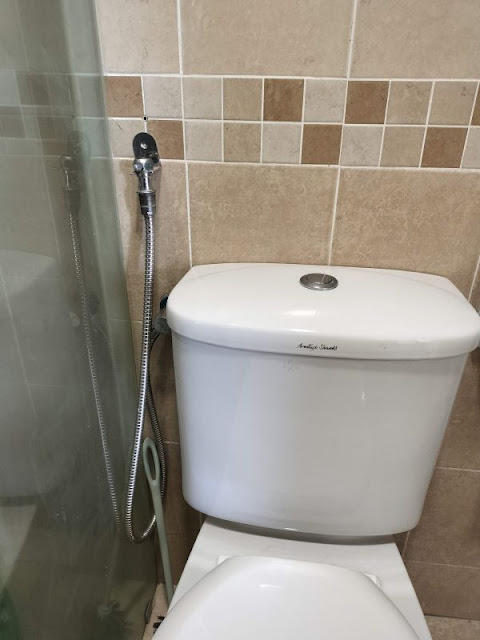
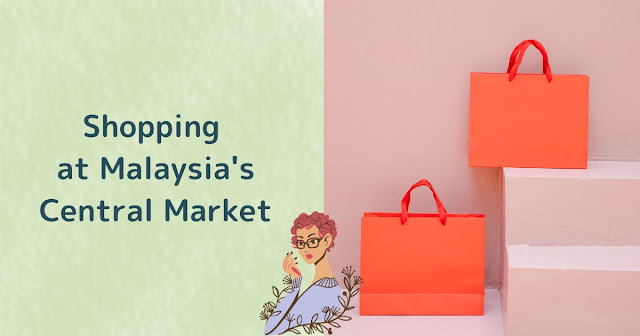

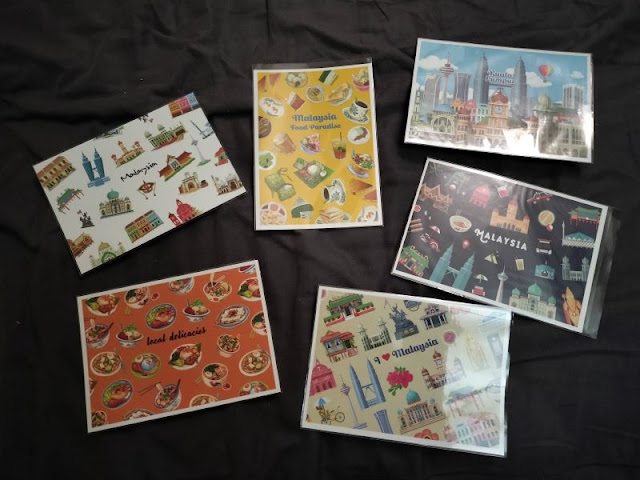

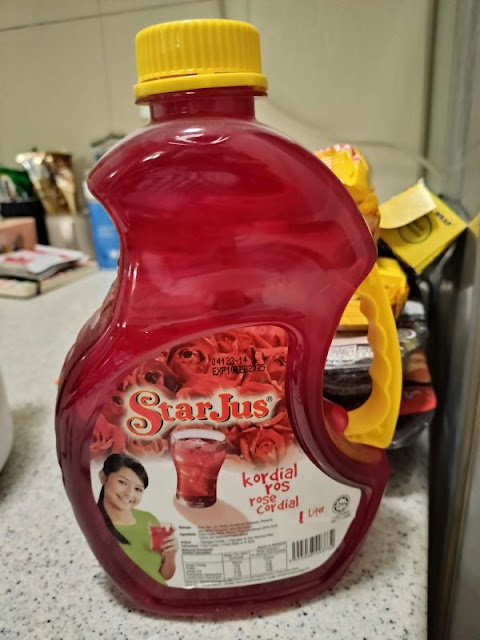

.jpg)
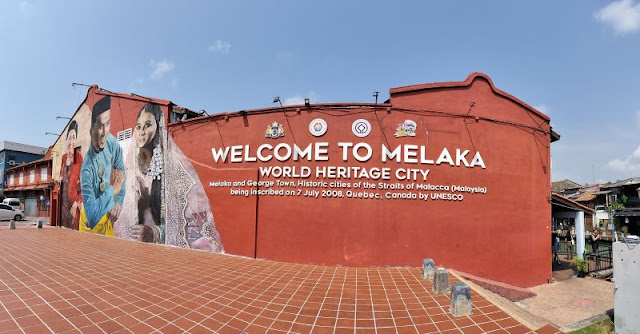

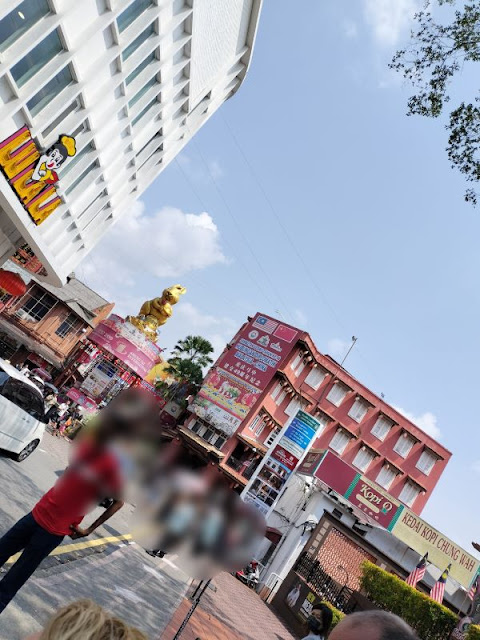
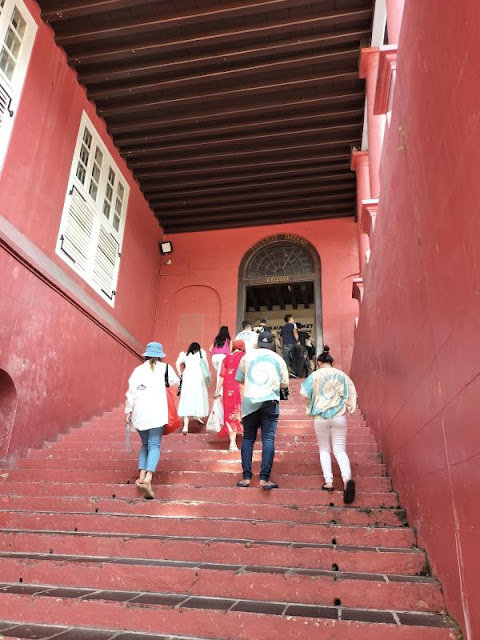

.jpg)

.jpg)

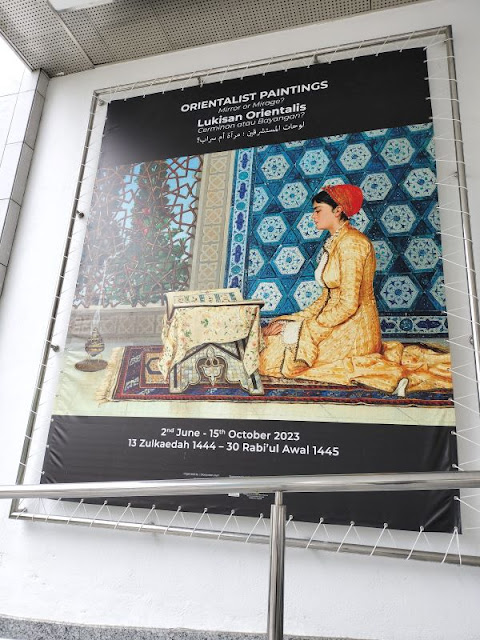
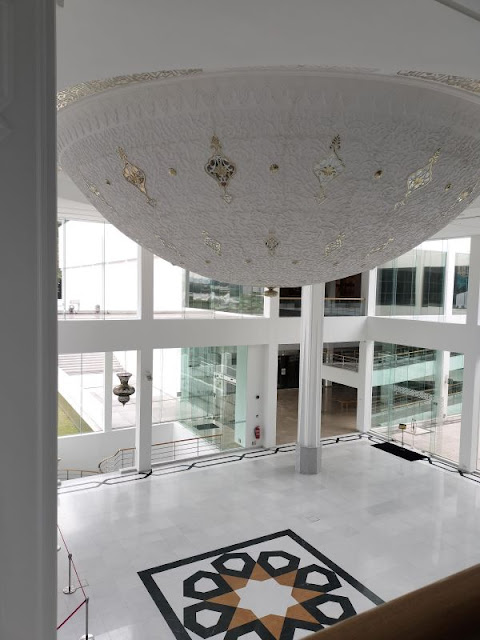
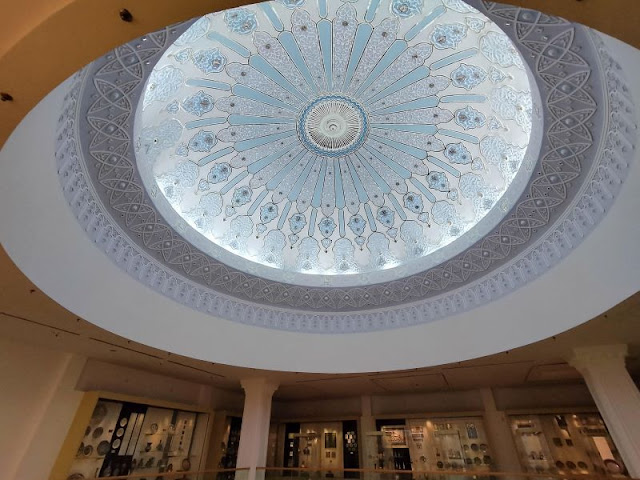

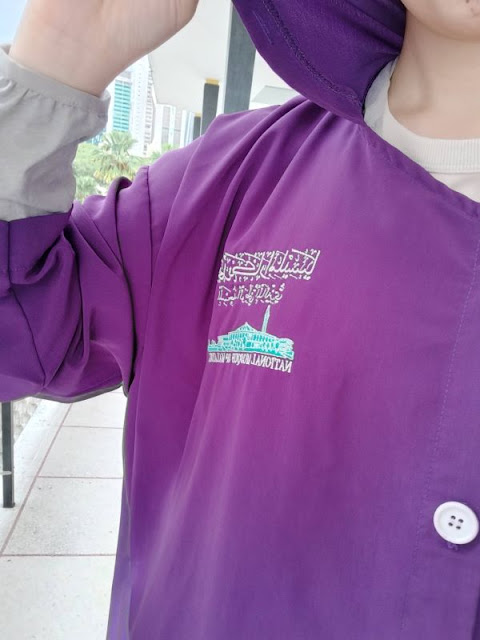
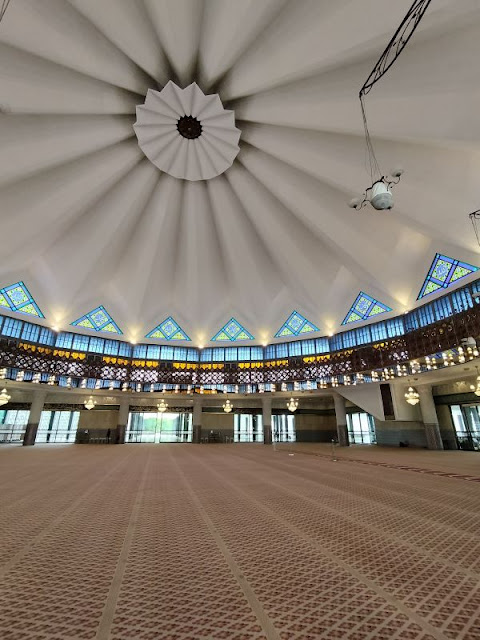
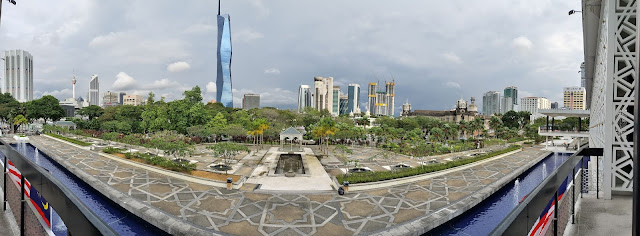
.jpg)


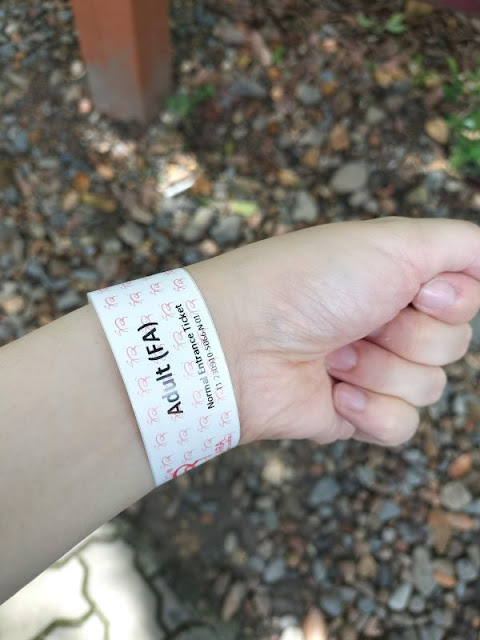
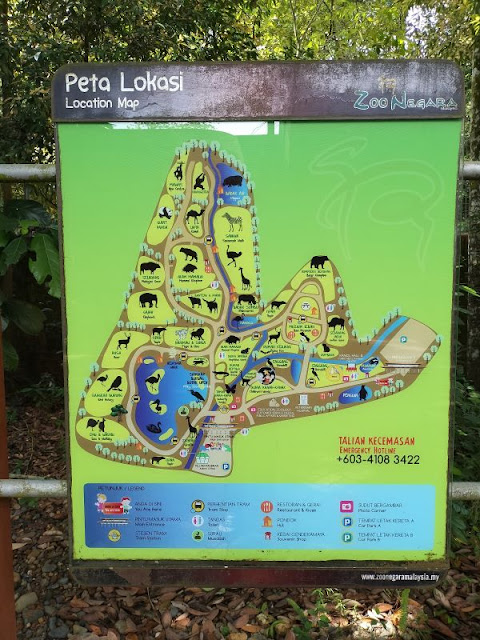


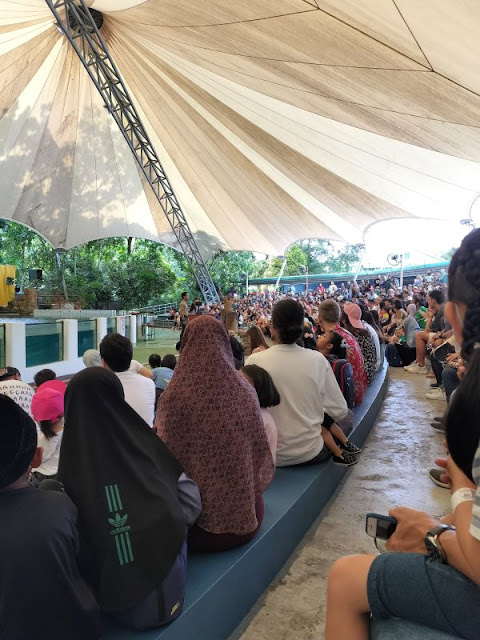
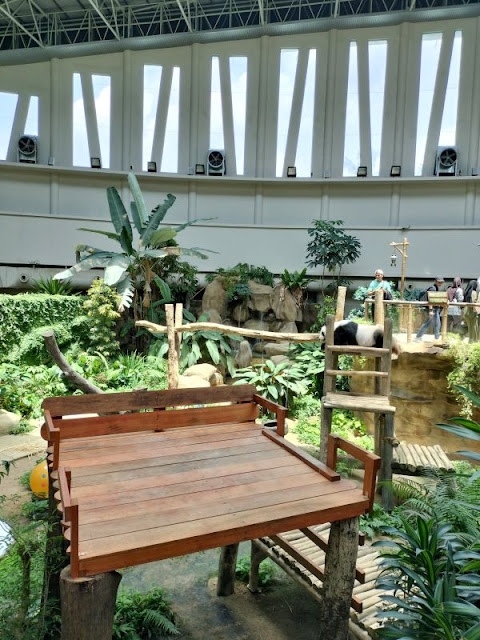
.jpg)


.jpg)
.jpg)
